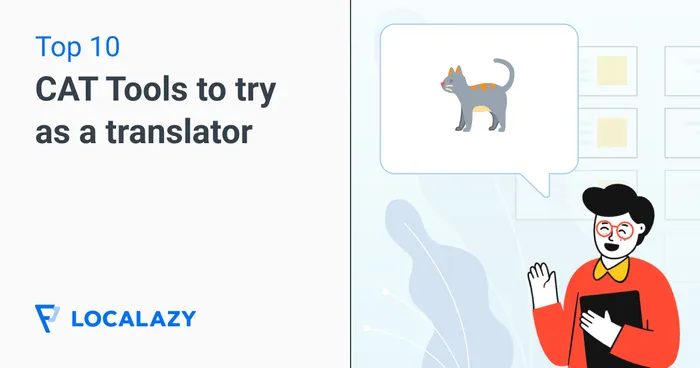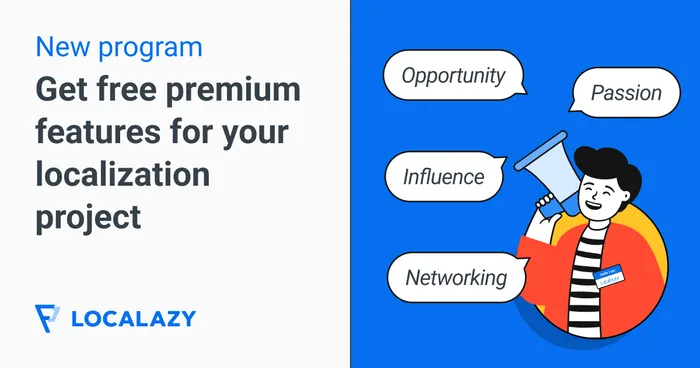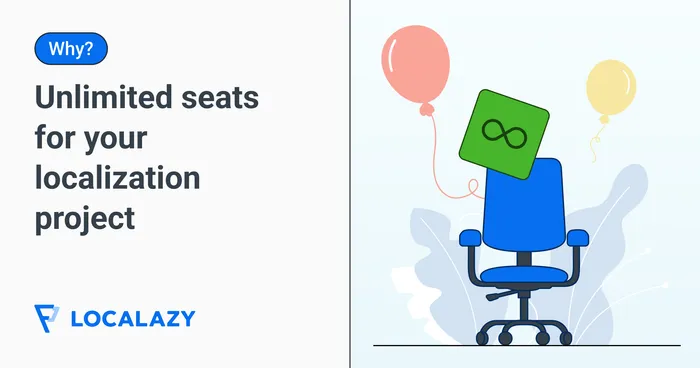Imagine building 100s of websites for all users’ countries. Now, with us, you can localize your website so it provides such tailored experiences in one. 1B+ readers already consume content localized with us. From indie hackers to large enterprises, we help everyone build multilingual websites for unique experiences.
Forget copy-pasting: Integrate once and export translations on autopilot
With a wide array of integrations, from headless CMS like Strapi, Storyblok, or Directus, to the popular Webflow, and countless file formats, you and your developers will love this localization experience.
Connect Localazy and translate content as it’s updated on your website with our Continuous Localization Team.
Strapi
Localization
Translation Management System (TMS)
Translation
Webflow
Breaking language barriers
Explore how Localazy customers are boosting their business growth through localization.
Digismoothie found the perfect recipe for translating their Shopify apps
Digismoothie translates 15 projects with Localazy, and their most popular app - Candy Rack - is now available in Czech, Danish, Brazilian Portuguese, Dutch, French, German, Italian, Japanese, Spanish, Swedish, and Turkish, with Polish and Korean coming soon. Automatic sync keeps everything up to date without manual intervention, freeing Digismoothie teams to focus on improving their apps.
iFightDepression offered mental health support and guidance across borders
With Localazy, iFightDepression localized its guide website into 10+ different European languages, including Estonian, Spanish, Greek, German, Italian, and Ukrainian. Users across Europe can now get the help they need in their own language and find a trained health professional who can help them access the toolkit.
i3-Technologies delivered top-class digital display solutions in 11 languages
The first iteration was completed within a day thanks to Localazy’s efficient tools and smooth integration. The company now offers their products in 11 languages, including English, French, German, Spanish, Dutch, Catalan, Danish, Norwegian (Bokmal), Hungarian, Lithuanian, and Italian. They plan to add more options as they expand into new European markets.


